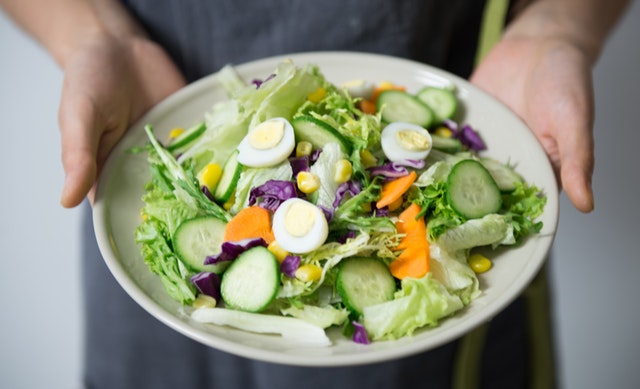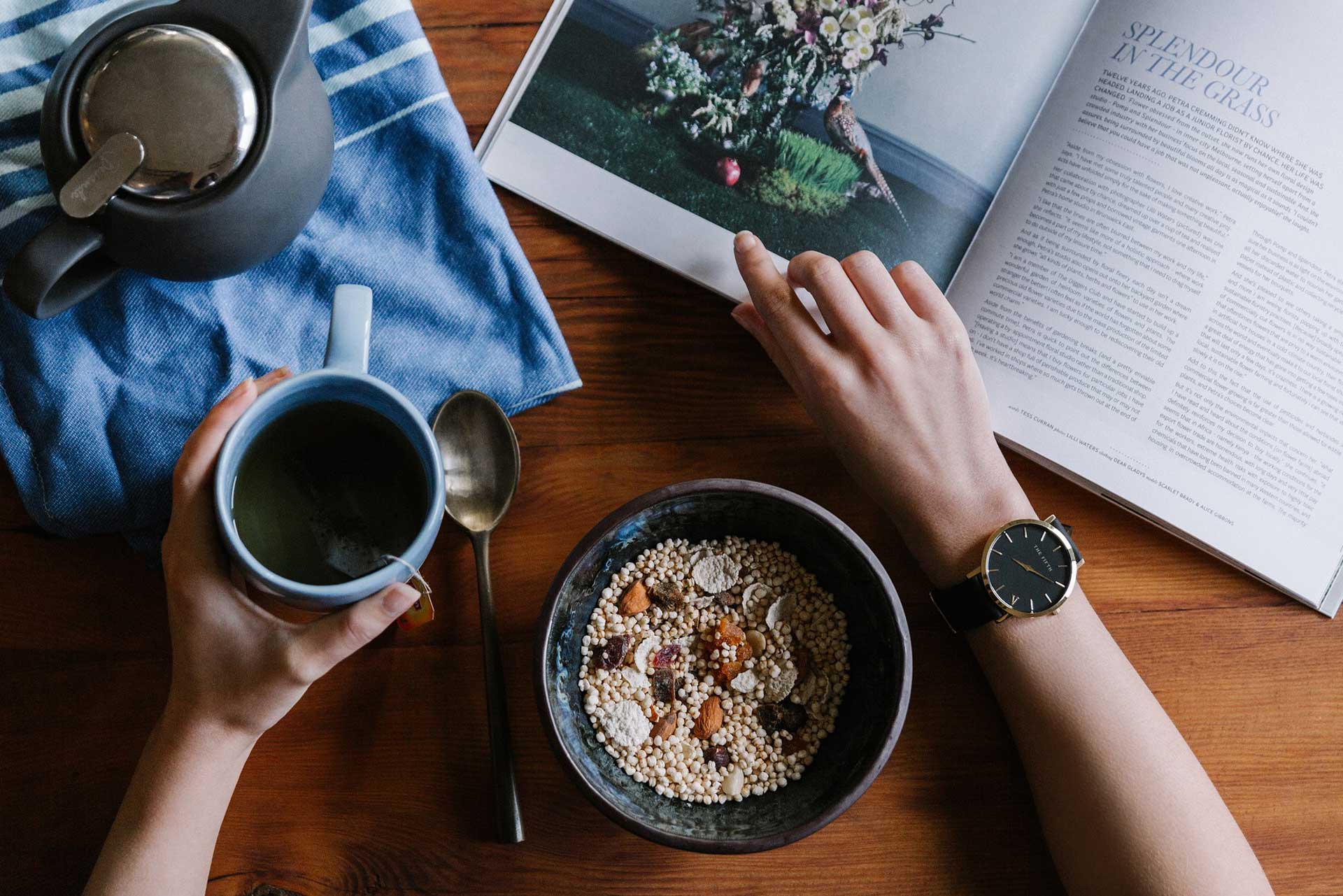These seven ingredients can help spice up your cooking experience and take your meals to the next level. They’re also conveniently packed with health benefits.
Get creative and try using some of these fun, healthy foods in your next dish! They’re sure to impress.
Gurnard
Gurnard is a bottom-dwelling, spiny armoured fish growing in popularity thanks to being sustainability sourced and possessing a lovely flavour and firm texture. It is also high in protein and low in fat. Gurnard stays together well during the cooking process, however be careful not to overcook it as the flesh can dry out quickly – cook it on a low heat or by braising.
Samphire
Try adding some Aussie bushfood to your diet! Samphire is a succulent native to South Australia and is also known as sea asparagus or pickleweed. Crunchy, fresh and salty, these are great added to salads and stir fries or paired with seafood. Use them during summer when they are bright green and fragrant. To reduce the saltiness, blanch for 30 seconds or soak for a couple of hours before giving it a plunge in ice water. They are high in calcium, iron and vitamin A.
Mesquite
When crushed, the pods and bark of the mesquite plant provide a healthy, natural and tasty sugar and flour alternative. Originating in South America, mesquite is often described as having a rich, caramel-like flavour, making it great in sweet dishes and barbecue sauce. It also contains large amounts of protein, fibre and minerals and is gluten-free.
Strawberry gum
Another Aussie native, strawberry gum leaves are traditionally enjoyed by Aboriginal Australians for their strong berry flavour. Aromatic and great in desserts, beverages and chutneys, they are rich in free radical-fighting antioxidants, making them a healthy alternative to added sugars and artificial flavours.
Maca
Also known as Peruvian ginseng, maca is a root vegetable commonly found in powder form. With an earthy taste and numerous reported health benefits including improved fertility, mood and energy, there’s no reason not to incorporate maca into your diet. Trying adding this versatile superfood to cereal, baked goods, smoothies or even your morning latte.
Daikon
Daikon is an adaptable and mild-tasting radish that looks like a long, white carrot. It’s a low-calorie, vitamin C and fibre-rich vegetable which is also highly adaptable. Shred it into strips and use as a noodle alternative, pickle it, or add it to salads, stews and curries.
Wattleseed
Wattleseed is a long-time staple in the diets of Aboriginal Australians, where it is crushed and turned into flour to make damper and cakes. It is rich in protein, fibre and carbohydrates for lasting energy, as well as an abundance of vitamins and minerals. Try using it in your baking or in sauces. You can also dark-roast it and use it in coffee or desserts.
Keep in mind that not all Acacias can be consumed by humans. Prickly Acacia, Coastal Wattle, Wirilda, Dogwood, Colony Wattle and Mulga are all considered edible.




